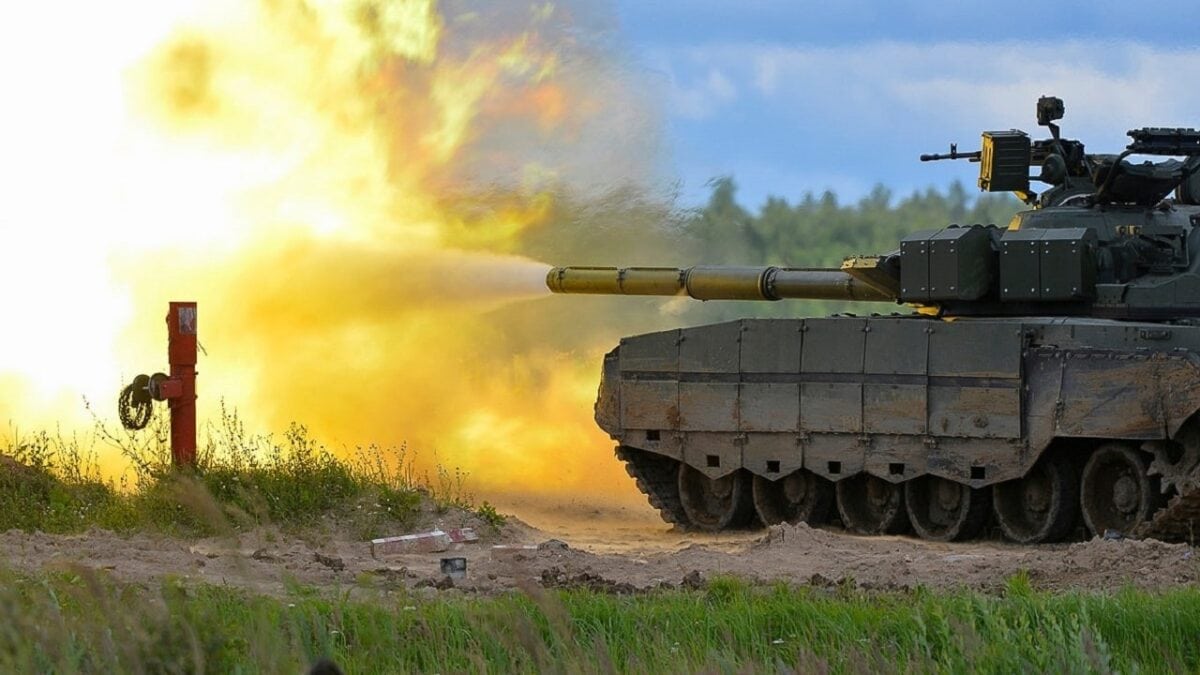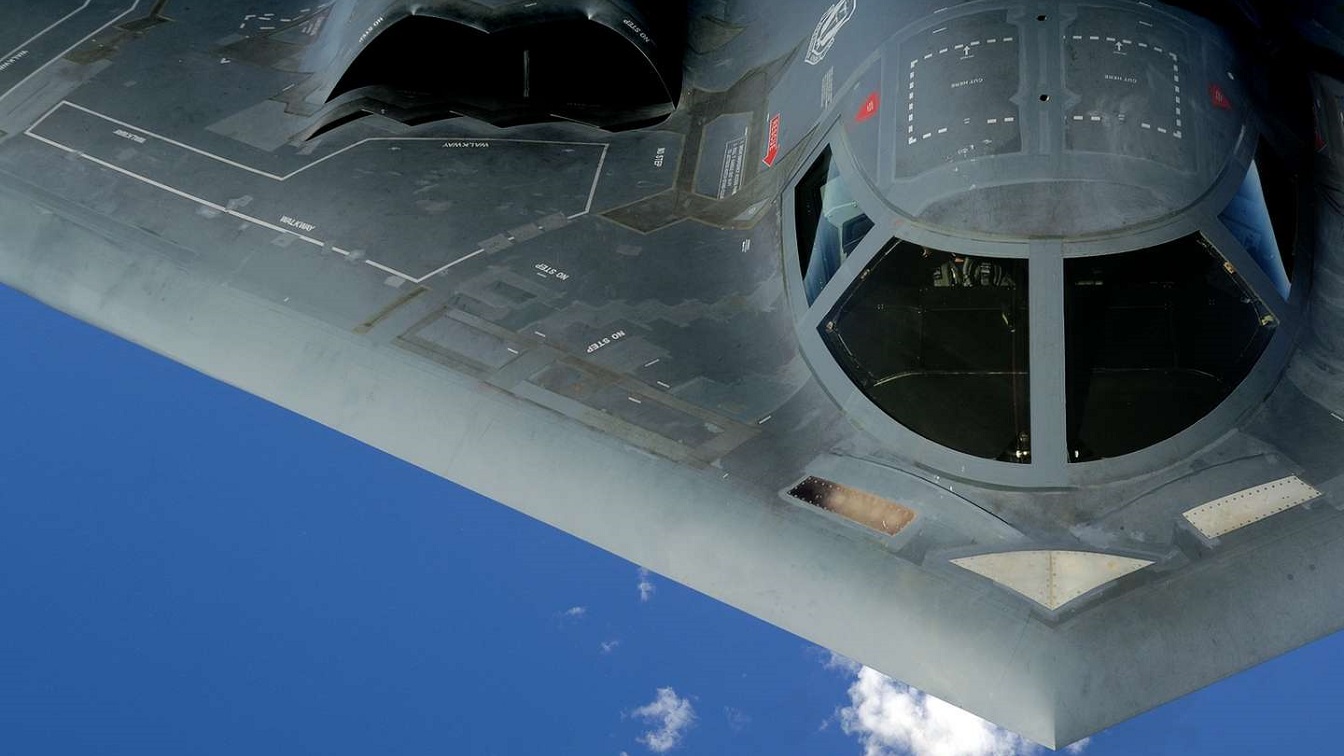On August 6 and 9, 1945, the world crossed the nuclear threshold when the United States dropped two atomic bombs on Hiroshima and Nagasaki. The blasts wiped out over 100,000 people nearly instantly, and thousands more over time. With some of today’s nuclear bombs carrying scores or hundreds of times more destructive power than the 1945 versions, it should be alarming to every American how casually both the Russian and Western leaders are talking about deploying nuclear weapons today.
(Check out 19FortyFive Contributing Editor and author of this piece, retired U.S. Army Lt. Colonel Daniel L. Davis, discussing the situation in Ukraine.)
Ongoing Aggression Against Ukraine
Last February Russian forces invaded Ukraine and began a “special military operation” that has already claimed tens of thousands of lives. Ukrainians naturally despise the Russians and aggressively seek help from any and all Western sources to help drive the invaders out. Understanding Ukrainian anger, however, justified we may feel it is, does not mean the United States should give Kyiv everything it requests, especially if providing such support results in an elevated risk to U.S. national security. We are getting dangerously close to that point now.
In response to meaningful battlefield losses by Russia earlier this month in the Kharkiv region, Russian President Vladimir Putin announced this week a partial mobilization of 300,000 reservists. The reaction from Kyiv and the West was understandable and immediate: Ukrainian President Volodymyr Zelensky defiantly declared that his forces would continue to fight, no matter how many Russian forces Putin threw into the battle, and that Russia should be punished.
Putin’s Russia Continues Advances Rhetoric
In response to Putin’s mobilization, NATO Secretary General Jens Stoltenberg said the “only way to end this war is to prove that President Putin will not win on the battlefield.” French President Emmanuel Macron argued the West should put “maximum pressure” on Putin, while new British Prime Minister Liz Truss pledged the U.K. would “sustain or increase our military support to Ukraine for as long as it takes” to defeat Russia. Putin’s reaction to the cumulative Western rebukes was swift and alarming.
Putin warned the West in a televised speech that if the “territorial integrity of our country is threatened, we will use all available means to protect our people,” strongly implying the use of nuclear weapons, adding: “This is not a bluff.” Retired U.S. Lt. Gen. Ben Hodges fired back that if Putin took such action, the United States could, for example, destroy Russia’s Black Sea fleet or bases in “a devastating (nuclear) strike.”
Not to be outdone, Mykhailo Podolyak, a senior aide to Zelensky, said if Russia “even thinks about” a nuclear strike, the West should launch “swift retaliatory nuclear strikes to destroy the nuclear launch sites in Russia.” And rounding out the warnings, former Russian President Dmitry Medvedev pledged that in addition to mobilizing Russian troops, Moscow was willing to employ “any Russian weapons, including strategic nuclear weapons” to protect the four regions in Ukraine Russia plans to annex as soon as next week.
Nuclear Threat is Terrifying
I completely understand the desire of all parties to want to sound tough, and I definitely get that Kyiv hates Russia and wants to drive Putin’s forces from Ukrainian territory. But I worry we have gotten too far from August 1945 and have lost our healthy fear of what a single modern nuclear weapon can do. The destructive power of today’s nuclear weapons, especially those in Russia and the United States, is hundreds of times more powerful than the bombs that fell on Japan in 1945. If the situation surrounding the Russia-Ukraine war erupted into a nuclear exchange – no matter how it happened or who started it – it could be more catastrophic than anyone might imagine.

Russian tank firing main gun. Image Credit: Creative Commons.
But someone has imagined it, and the results are terrifying. 19FortyFive Senior Editor and Rogue States President Harry Kazianis published an analysis earlier this year about a simulation he participated in back in 2019 that looked at a hypothetical war between NATO and Russia (frighteningly, which was spawned over a Russia-Ukraine war gone sideways). Kazianis said the simulation revealed the “NATO-Russia War of 2019, we estimated one billion people died.”
Too few people believe such an outcome is possible. We would recognize the danger, some delude themselves into believing, and we would avoid the abyss before destroying ourselves. That is a dangerous and unfounded belief. Human history is replete with far too many examples of leaders making foolish decisions and taking actions that a sober mind would have rejected.
The reality is the world has to deal with the ferocious war burning in Ukraine, and there is no easy way out of it. Escalation has just been taken, and likely more is yet to come. But Russia, Ukraine, the United States, and NATO must – for the sake of the entire human race – stop making casual nuclear threats and retorts, and commit that no matter what, no party will use nuclear weapons. If our leaders remain blind to the risk and use them anyway, the result could be the end of the world as we know it.
And it won’t matter who started it. We will all lose.
Now a 1945 Contributing Editor, Daniel L. Davis is a Senior Fellow for Defense Priorities and a former Lt. Col. in the U.S. Army who deployed into combat zones four times. He is the author of “The Eleventh Hour in 2020 America.” Follow him @DanielLDavis

